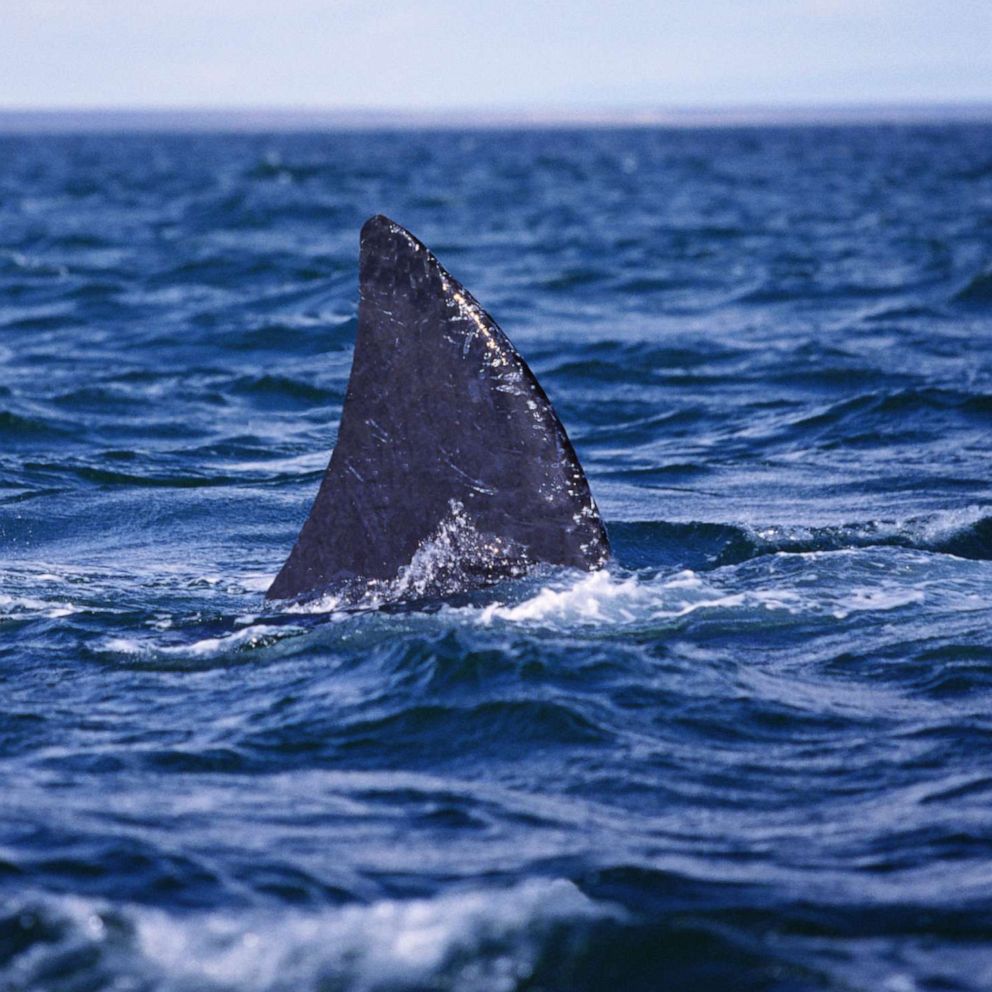US Weapons Man: F-35 Fighter Plan Was 'Acquisition Malpractice'
Pentagon's top weapons buyer: "It shouldn't have been done... but we did it."
Feb. 7, 2012 — -- The man now in charge of buying weapons for the U.S. military said that the stealth F-35 Joint Strike Fighter -- one of the most expensive defense programs in U.S. history at three quarters of $1 trillion -- was put in production so prematurely the error amounted to "acquisition malpractice."
"I can spend quite a few minutes on the F-35, but I don't want to," Frank Kendall, the Pentagon's Acting Undersecretary of Defense for Acquisition, Technology and Logistics, said Monday. "Putting the F-35 into production years before the first test flight was acquisition malpractice. It should not have been done, OK? But we did it, OK?"
Kendall, who was speaking at an event hosted by the Center for Strategic and International Studies, said that the early production decision was due to "optimistic predictions" based on design tools, simulations and modeling. But he said the design tools weren't perfect, the models weren't precise enough and now the military has found problems in all three variants of the F-35.
"Now we're paying the price for being wrong about that," he said. Kendall was not with the Defense Department's acquisitions office when the F-35 deal was inked with defense contracting giant Lockheed Martin in 2001.
While the F-35's counterpart, the beleaguered F-22 stealth fighter, has a higher price tag per plane, the F-35 is one of the Pentagon's biggest ever acquisition programs at an estimated $379.4 billion for over 2,400 jets. Over the next half-century, the Pentagon plans to spend up to $1 trillion in operating costs for the planes. A new report from the Government Accountability Office says every hour of flight in the jets costs nearly $30,000.
When planning the F-35 program, the Pentagon's acquisitions department took a "concurrent" strategy with the F-35 production, meaning the government, along with Lockheed Martin, planned to test the planes as production was ongoing, fixing problems on the assembly line as they're found and getting more planes in the air faster. Production on the F-35 began in 2003, three years before the first official test flight was completed.
The problem, a Department of Defense official told ABC News, is that sometimes critical issues with the jets were found after several of the planes had already been delivered to their military customers. The Pentagon already has nine non-test production jets in its hangers, but the first ever F-35 night flight test was completed just last month.
In fact, the planes are only 20 percent through testing and aren't expected to complete it until 2016, the official said.
Kendall called the errant strategy an "extreme example" of the Pentagon's tendency to put a program into production too early.
Still, both the Defense official and Kendall said the Pentagon remains committed to the F-35 program and that it has been making progress. The F-35 team recently celebrated the program exceeding flight test goals for 2011, according to Lockheed Martin.
"It is the future of tactical air for the Department of Defense for all three services it supports," Kendall said.
LISTEN: Frank Kendall Speaks on the F-35 Acquisition
The F-35 has had its share of delays and technical issues, especially the Marine Corps' variant of the jet which is designed to take off on short runways and land vertically like a helicopter. The problems with that technically complex variant, known as the F-35B STOVL, got so bad that in early 2011 then-Defense Secretary Robert Gates put it on a two-year "probation."
"If we cannot fix this variant during this time frame and get it back on track in terms of performance, cost and schedule, then I believe it should be canceled," Gates said before the Senate Appropriations Committee in July 2011.




